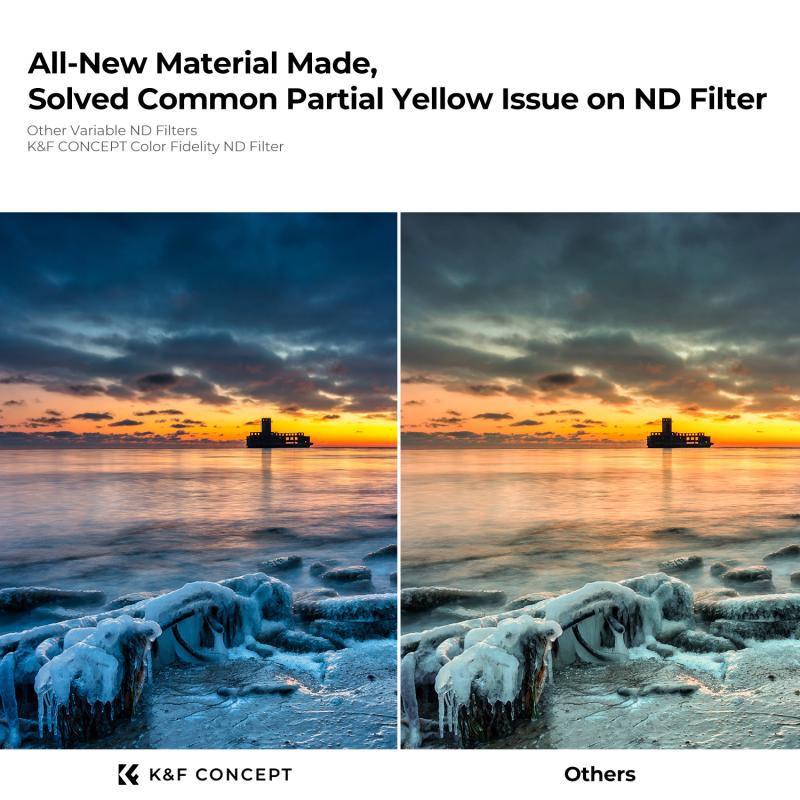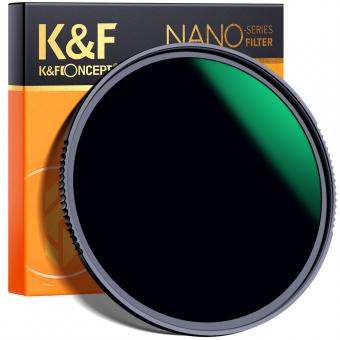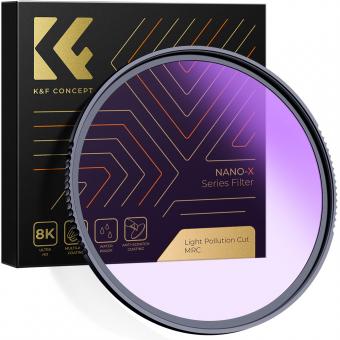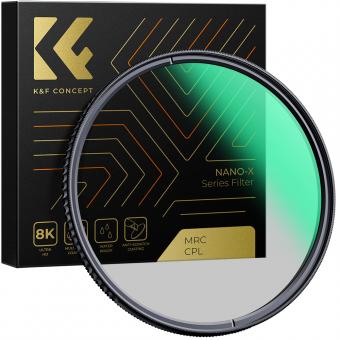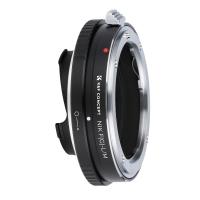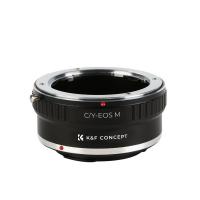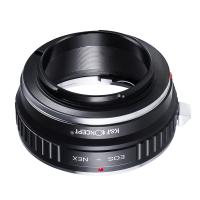Can Electron Microscopes See Color ?
No, electron microscopes cannot see color. Unlike light microscopes that use visible light to create an image, electron microscopes use a beam of electrons to create an image. Electrons do not have a wavelength that corresponds to visible light, so they cannot produce color. Instead, electron microscopes produce black and white images that show the contrast between different materials in the sample being observed. However, some electron microscopes can use filters to add false color to the images, which can help to distinguish different structures or materials in the sample.
1、 Electron microscopy basics
Electron microscopes use a beam of electrons to create an image of a sample. The electrons interact with the atoms in the sample, producing signals that can be detected and used to create an image. Electron microscopes have much higher resolution than light microscopes, allowing for the visualization of much smaller structures.
Can electron microscopes see color?
No, electron microscopes cannot see color. This is because color is a property of light, and electron microscopes use a beam of electrons instead of light to create an image. The electrons interact with the atoms in the sample, producing signals that can be detected and used to create an image, but these signals do not carry information about color.
However, it is possible to add false color to electron microscope images to enhance contrast and highlight different structures within the sample. This is done by assigning different colors to different parts of the image based on their signal intensity or other properties. False color can be useful for visualizing complex structures or for highlighting specific features within a sample.
In recent years, there have been advances in electron microscopy techniques that allow for the visualization of biological samples in more detail than ever before. Cryo-electron microscopy, for example, allows for the imaging of samples at near-atomic resolution, providing insights into the structure and function of biological molecules. While electron microscopes cannot see color, they continue to be an essential tool for researchers in a wide range of fields.

2、 Black and white imaging in electron microscopy
Black and white imaging is the standard in electron microscopy. This is because electron microscopes use a beam of electrons instead of light to create an image, and electrons do not have a wavelength that corresponds to visible light. Therefore, electron microscopes cannot see color in the same way that our eyes can. Instead, the images produced by electron microscopes are grayscale, with different shades of gray representing variations in the intensity of the electron beam as it interacts with the sample.
However, recent advancements in electron microscopy technology have allowed for the possibility of color imaging. One such technique is called energy-filtered transmission electron microscopy (EFTEM), which uses a special filter to selectively pass electrons of a specific energy range. By combining multiple EFTEM images taken at different energy ranges, it is possible to create a color image that represents different chemical elements in the sample.
Another technique that can produce color images in electron microscopy is cathodoluminescence (CL), which involves exciting the sample with the electron beam to produce light. By detecting the different wavelengths of light emitted by the sample, it is possible to create a color image that represents variations in the sample's composition and structure.
In conclusion, while black and white imaging is still the standard in electron microscopy, recent advancements in technology have made it possible to produce color images using techniques such as EFTEM and CL. These techniques offer new possibilities for studying the composition and structure of materials at the nanoscale.

3、 Colorization techniques in electron microscopy
Can electron microscopes see color? No, electron microscopes cannot see color as they use a beam of electrons instead of light to create an image. The electrons interact with the sample and produce a grayscale image based on the density and thickness of the material. However, colorization techniques have been developed to enhance the contrast and provide a more visually appealing image.
Colorization techniques in electron microscopy involve assigning false colors to different parts of the image based on their properties. For example, different elements can be assigned different colors to highlight their distribution in the sample. This technique is commonly used in scanning electron microscopy (SEM) to create high-resolution images of biological samples, materials, and surfaces.
The latest point of view on colorization techniques in electron microscopy is that they can provide valuable information about the sample's structure and composition. However, it is important to use these techniques carefully and not to misrepresent the data. The false colors should be chosen based on scientific reasoning and not for aesthetic purposes only.
In conclusion, electron microscopes cannot see color, but colorization techniques can be used to enhance the contrast and provide a more visually appealing image. These techniques should be used carefully and based on scientific reasoning to avoid misrepresenting the data.
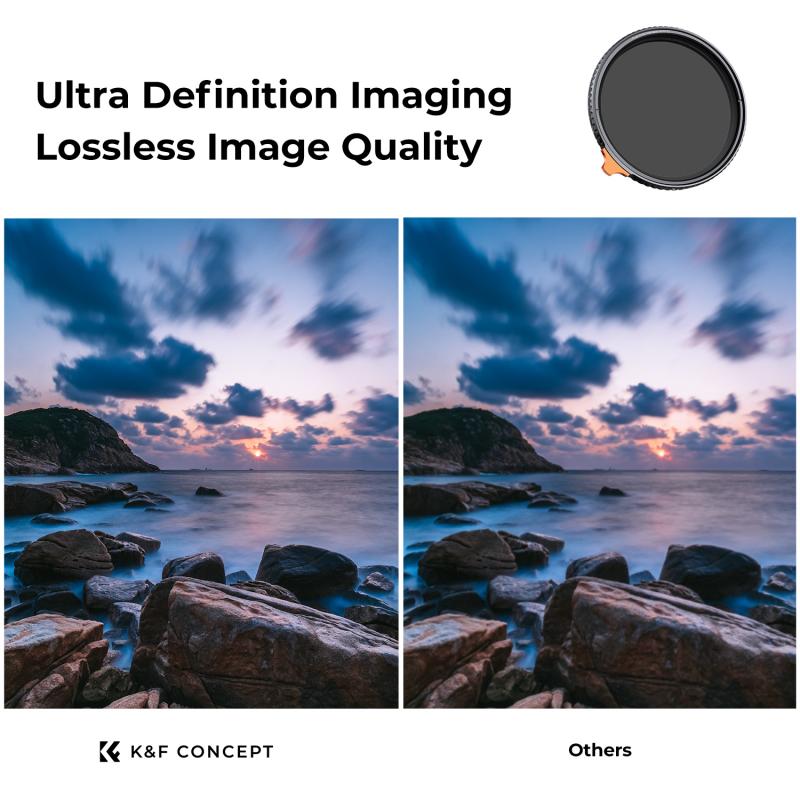
4、 False-color imaging in electron microscopy
False-color imaging in electron microscopy is a technique used to enhance the contrast and visibility of features in electron micrographs. It involves assigning different colors to different parts of the image based on their electron density or other physical properties. However, electron microscopes themselves do not see color in the way that our eyes do.
Electron microscopes use a beam of electrons to create an image of a sample, rather than using light as in optical microscopes. The electrons interact with the sample and are detected to create an image. The resulting image is typically grayscale, with variations in brightness representing differences in electron density or other physical properties of the sample.
False-color imaging is used to enhance the contrast and visibility of features in these grayscale images. By assigning different colors to different parts of the image, researchers can highlight specific structures or features of interest. For example, in a biological sample, different organelles or structures can be assigned different colors to make them easier to distinguish.
It is important to note that false-color imaging is not a true representation of the sample's colors or physical properties. Rather, it is a visualization technique used to enhance the contrast and visibility of features in the image.
In summary, electron microscopes themselves do not see color, but false-color imaging can be used to enhance the contrast and visibility of features in electron micrographs.
